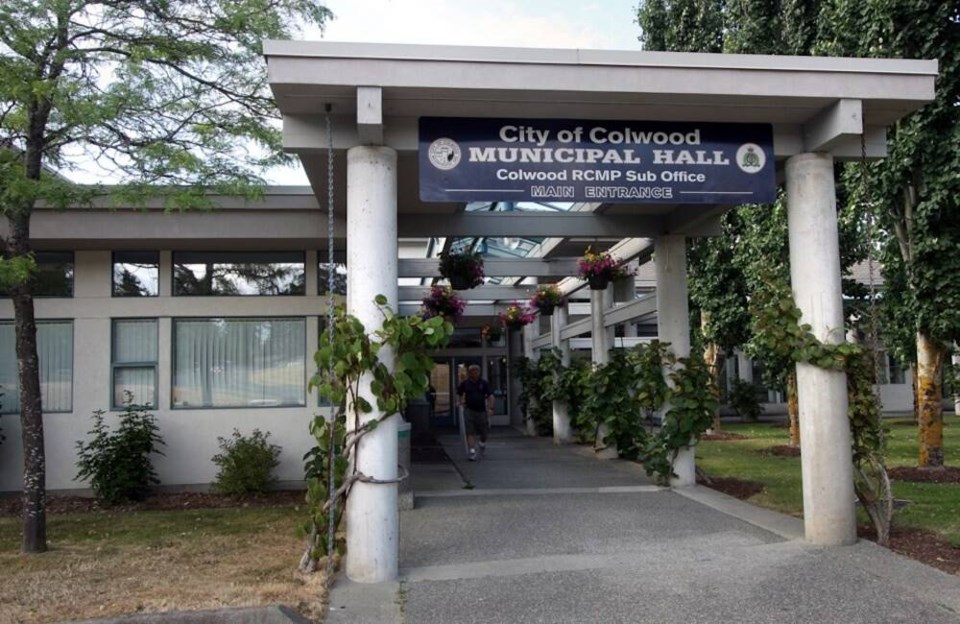Colwood councillors balked at the price after staff proposed using photoluminescent paint to improve safety for pedestrians and cyclists on dark streets, voting unanimously against a trial project.
A 20-litre pail of the paint, which absorbs energy even without direct sunlight and emits a green light visible up to 10 hours, costs $2,950 plus about $750 to ship from Montreal. By comparison, the city’s public works department bought road paint for $125 per 20 litre this year.
“The price is hard to swallow,” Coun. Cynthia Day said during Monday night’s council meeting, suggesting the money could be better spent on other safety upgrades, such as signalized crossings at crosswalks or flashing lights powered by solar panel.
Staff had recommended council support a trial of the photoluminescent paint on pathways and roadways to illuminate areas without street lights. The project would have focused on pathways that provide cut-through access between neighbourhoods to improve safety.
Choosing paint over the installation of lights has environmental benefits in areas adjacent to trees because excavation for light installation could disturb roots, the staff report said.
Mayor Doug Kobayashi said that, during community consultations, residents have made it clear they want better visibility on the roads. Many roads in the city are unlit and line markings fade quickly, he said.
Kobayashi said council heard the paint is “the best thing since sliced bread,” from a safety and longevity point of view.
Councillors were willing to support the trial of photoluminescent paint, until they saw the price tag. “It’s just too rich for our pocketbook,” he said.
A 20-litre pail would paint about 20 average-sized road-marking symbols or a straight line for 250 metres. Painting one kilometre would cost nearly $15,000.
Coun. David Grove also raised concerns about length of time the paint would remain illuminated and whether it would last a long winter night.
Tanner Northrup, manager of roads and utilities, told council the paint is more common in Europe. The only place in Canada using the paint that he is aware of is in Quebec, he told councillors. Reports from that trial after two years say the paint is still emitting the same amount of light as it was when initially applied.
The light is visible from about 80 metres away.
Council decided instead to test reflective road markers on centre lines of roads. After a trial, the reflective markers could be expanded to neighbourhood pathways to improve visibility for cyclists and pedestrians as well to provide a similar function to the photoluminescent paint, Kobayashi said.
The markers are still a bit costly, he said, about $50 to $75 per marker, but significantly less expensive than photoluminescent paint. Staff will return to council with details on when and where they plan to install the reflective road markers during the trial.
>>> To comment on this article, write a letter to the editor: [email protected]



